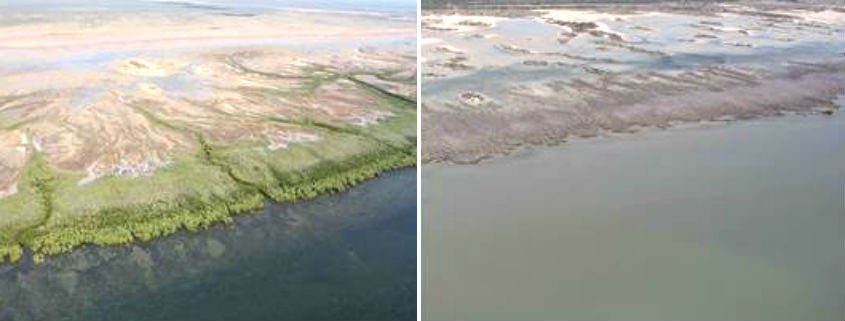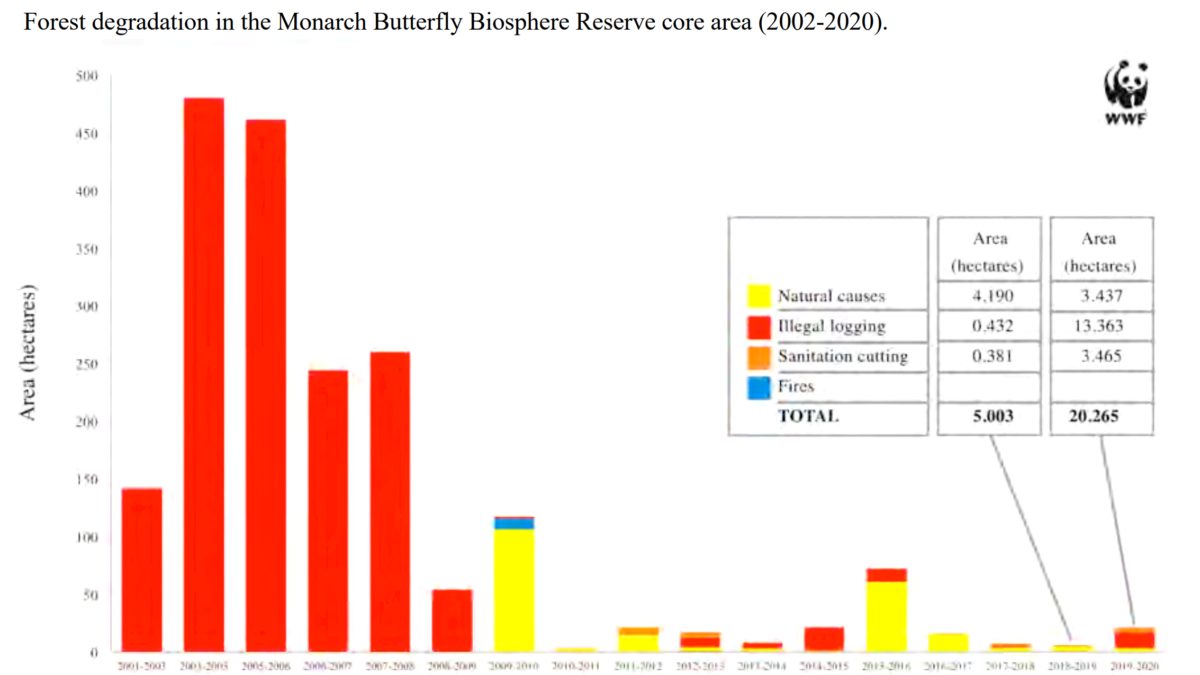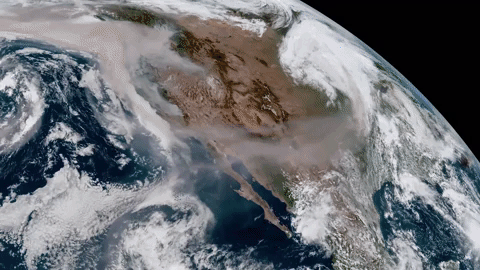Antarctic sea ice sets a record low maximum by wide margin – “Polar ice is one of the world’s biggest insurance policies against runaway climate change, and we can see in both the North and the South sea ice, we’ve got problems and alarm bells are ringing”

By Kasha Patel
25 September 2023
(The Washington Post) – Sea ice levels around Antarctica just registered a record low — and by a wide margin — as winter comes to a close, according to the National Snow and Ice Data Center (NSIDC). This significant milestone adds worry that Antarctic sea ice may be entering a state of decline brought on by climate change.
“There is some concern that this may be the beginning of a long-term trend of decline for Antarctic sea ice, since oceans are warming globally, and warm water mixing in the Southern Ocean polar layer could continue,” read the NSIDC announcement released Monday.
Sea ice around the polar regions grows and melts with the seasons. In Antarctica, sea ice typically hits its minimum coverage at the end of the Southern Hemisphere’s summer around February. It reaches its maximum extent at the end of winter in mid- to late September. This February, scientists reported Antarctic floating sea ice hit an all-time low at the end of the summer — and sea ice growth continued to remain slow through winter.
This year, Antarctica reached its annual maximum coverage on Sept. 10, about 13 days earlier than average. At that time, the annual ice coverage was at a record low of 6.55 million square miles — a whopping 398,000 square miles lower than the previous record low set in 1986.
“It is surprisingly low,” said Twila Moon, an ice scientist at NSIDC. “We have this extreme low minimum and there hasn’t been any ability to recover towards previous higher extents during the Antarctic fall and Antarctic winter. … We’re starting to see this year-round influence.”

Sea ice around the polar regions plays a critical part in protecting the adjacent ice sheets. Less sea ice means less sunlight will be reflected back to space, causing waters to warm more and destabilize surrounding ice and glaciers. Coastlines are also much more exposed with less sea ice, removing a buffer that could help protect melting ice shelves or ice sheets.
Scientists have long seen these downward sea ice declines and effects in the Arctic. In a separate announcement on Monday, the NSIDC stated that Arctic sea ice extent at the end of this summer was at its sixth lowest in nearly 45 years of satellite records — extending the worrying trend that the last 17 years have had the lowest Arctic summer sea ice extents on record.
Declining trends in Antarctic sea ice have been more unclear, but scientists now think the continent is hitting a turning point much like the Arctic has. In just seven years, Antarctica has experienced three new record-breaking low sea ice summers. A study published on 13 September 2023 said these records indicate that “the underlying processes controlling Antarctic sea ice coverage may have altered.”
“Now we’re also seeing this sea ice loss, as ice that forms on the surface of the ocean, appears to be influenced by warming ocean temperatures and perhaps other processes as well,” said Moon. “We might be looking at a very different system now that is affecting Antarctic sea ice in all seasons.”
Antarctica has been showing responses to climate change in other ways as well, said Moon. Antarctica and the Arctic are warming faster than the global average. Warmer ocean temperatures around the continent have caused major ice melt around the ice sheet, including destabilizing the Thwaites Glacier, which is about the size of Florida and contributes to 4 percent of annual global sea level rise. Moon said changes in how the ocean moves as well as the atmosphere have also become more apparent.
“It’s not great news,” said Gail Whiteman, an expert on global risks resulting from polar climate change and professor of sustainability at the University of Exeter. “Polar ice is one of the world’s biggest insurance policies against runaway climate change, and we can see in both the North and the South sea ice, we’ve got problems and alarm bells are ringing.”


